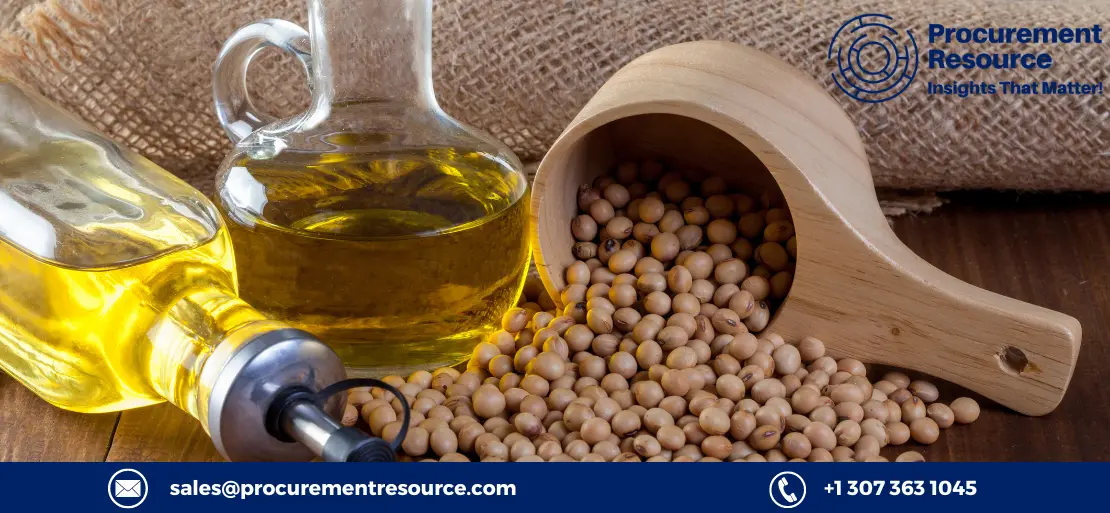United States Corn and Soybean Futures Fall Ahead Of USDA Report

Investors hedged their positions ahead of the U.S. government's important monthly reports on global supply and demand, which elucidated the dipping in soybean and corn futures on the Chicago Board of Trade.
As drought impacted the crops in Argentina, an important worldwide supplier, throughout planting and the early stages of growth, traders were interested in the magnitude of the corn and soybean harvests in Argentina.
In its World Agricultural Supply and Demand Estimates report, the United States Department of Agriculture will offer a fresh update on its assessment of the harm done to harvest prospects.
Request Access For Regular Price Update of Corn
The K.C hard red winter wheat contracts increased due to worries about the limited availability of high protein wheat and recent forecasts for dry weather in important U.S plains production regions. Wheat futures were miscellaneous overall.
However, the most active soft red winter wheat contracts on the Chicago Board of Trade declined due to expectations for a robust crop in the U.S. Midwest and worries prevail that the U.S. supplies are struggling to gain traction on the export market.
The settlement price for CBOT March soybean futures was USD15.15-1/4, down 6 cents. Corn on the CBOT for March was down 5 cents at USD 6.74 per bushel. K.C March hard red winter wheat increased 10-1/2 cents to USD 8.86-1/2 a bushel, while March soft red winter wheat ended the month down 1/2 cent at USD 7.49-5/4.
Request Access For Regular Price Update of Soybean
Demand for American soybeans was still high towards the end of 2022, which contributed to rising prices as the new year got underway. The market that has been able to drive prices up rather significantly has been soybeans.
Exports had been advancing at a respectable rate in recent weeks as of the first week in January. Martinson made note of the significant volume of product movement and the fact that China and other unidentified countries have been purchasing.
It was observed that soybean prices increased at the end of the year and filled a gap that had been left on June 21 when prices increased to around USD 15.40–USD 15.50.
Currently, soybeans are going to make it possible for them to test that market provided they can maintain a healthy level of demand.
Recently, local costs have been extremely favourable. The January delivery price was USD 14.89 a bushel at one elevator in western Minnesota that is regularly covered in this column, and the basis was -35 cents under. The basis was one cent over the listed price of USD 14.17 for the September 2023 futures contract.
Read More About Corn and Soybean Production Cost Reports - REQUEST FREE SAMPLE COPY IN PDF
Prices for soybeans are listed at USD 14.99. In comparison, two to four years ago, costs were stagnant at around USD 7 to USD 8. It demonstrates how erratic the market is. They left 2022 with a market that was rather unpredictable, and it was anticipated that volatility to continue at least into the first half of 2023.
In the future, according to Martinson, Argentina's decreased soybean production as a result of the country's ongoing drought is the biggest worry for soybeans. Because of how dry it is, it currently appears like they will continue to experience some significant cuts, and it is likely that they won't plant all of their acres.
As per Procurement Resource, in advance of the U.S. government's significant monthly reports on global supply and demand, investors hedged their positions, which caused a decrease in soybean and corn futures on the Chicago Board of Trade. Traders were curious about the size of Argentina's maize and soybean harvests because of the drought that affected the crops there during planting and the early growth phases.
The United States Department of Agriculture will provide a fresh update on its evaluation of the harm done to harvest prospects in its World Agricultural Supply and Demand Estimates report.




